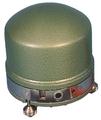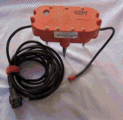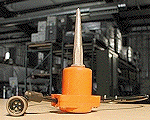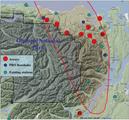
POLICY
Visitors to the PASSCAL Instrument Center should have pre-arranged appointments. Visitors should enter through the main entrance of the building and register their visit in our “Visitor’s Log”. Unarranged or unannounced visits cannot be accommodated. Please contact respective staff or send an email to passcal@passcal.nmt.edu if you wish to arrange a visit.
GENERAL INFORMATION
The PASSCAL Instrument Center is located in Socorro, New Mexico, on the New Mexico Tech campus.
IRIS Committee Members: find travel tips, expense report forms, and more here.








